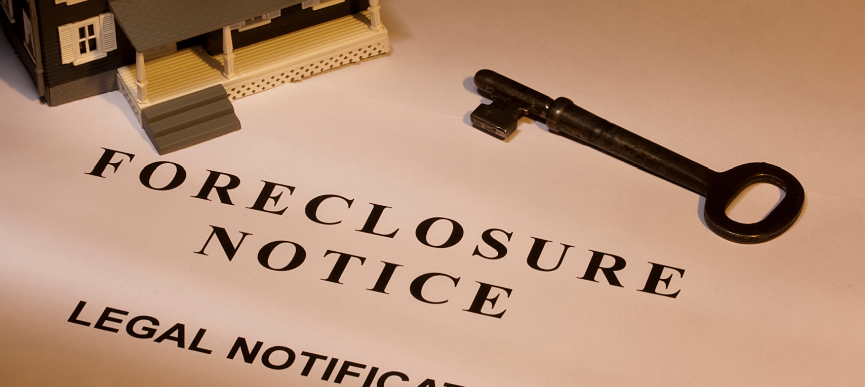
If you’ve gotten a foreclosure notice of default in Ohio and want to know what the heck is going on, keep reading.
Foreclosure is a legal process by which a lender, usually a bank or a mortgage company, takes possession of a property and sells it to recover the outstanding loan amount when the borrower defaults on their payments. The process starts with a foreclosure notice of default, which is a legal document filed by the lender to begin the foreclosure process.
The foreclosure notice of default serves as a formal notification to the borrower that they have defaulted on their loan and that the lender intends to foreclose on the property. The notice outlines the amount owed, the default date, and the steps that the borrower can take to remedy the default. It is an essential step in the foreclosure process and must be sent to all parties with an interest in the property, including any other loans, lenders, or contractors owed money for work done on the property.
The foreclosure notice of default must also be published in a newspaper and physically posted in a prominent place on the property itself. This requirement may seem embarrassing to the borrower, but it is a critical protection for consumers. It ensures that all parties with an interest in the property are notified of the impending foreclosure, giving them the opportunity to take action to protect their interests.
Moreover, the publication and posting requirements of the foreclosure notice of default prevent lenders from secretly foreclosing on a property without the knowledge of the borrower or other parties with an interest in the property. The notice provides transparency and accountability in the foreclosure process, helping to safeguard the rights of consumers and prevent unfair practices by lenders.
The foreclosure notice of default is a crucial document that serves as a formal notification to borrowers that they have defaulted on their loan and that the foreclosure process has begun. It provides essential protection for consumers by ensuring that all parties with an interest in the property are notified of the impending foreclosure, preventing lenders from secretly foreclosing on a property, and promoting transparency and accountability in the foreclosure process.
Before US law required a notice of default, people were sometimes foreclosed on without any warning.
In fact, it’s happened even in the past few years – at least one bank has accidentally foreclosed on the wrong property and kicked people out of their house without due process or warning. It’s even happened around Dallas.
The notice of default is a very important step within the foreclosure process that gives people with an interest in the property to step forward and claim their rights – before it’s too late.
If you’ve received a notice of default, don’t wait. Time is definitely of the essence, and you should take action.
Here are a few key steps you should take:
1) Stay calm and don’t panic.
The first and most important step is to stay calm and not panic. Foreclosure can be a slow and lengthy process, and it’s essential to remain level-headed and avoid making rash decisions. It’s normal to feel overwhelmed, but practicing good coping techniques and taking care of yourself and your family can help you stay focused and make better decisions.
2) Educate yourself.
The next step is to educate yourself about the foreclosure process in your state. The more you understand about the legal procedures and your rights, the better equipped you will be to make informed decisions and take appropriate action.
3) Gather your resources.
There are many nonprofit and government resources available to assist you in navigating the foreclosure process. Seeking legal and tax advice from qualified professionals can be invaluable in protecting your rights and interests. Trying to manage the process on your own can be risky as the rules and regulations are complex.
4) Learn your options.
It’s essential to know that there are many options available to help you avoid foreclosure. For instance, we at Greater Buyers buy houses with cash and can help with short sales and even rent-back situations, which could help you keep living in your home. The more you understand your options, the more you can find a solution that works for you.
5) Communicate.
The banks involved in the foreclosure process want their money, not your property. Communication with them can slow down or even halt the foreclosure process. It’s essential to communicate openly and honestly with them and seek their help to find a solution. Avoiding their calls or ignoring their letters can only worsen the situation.
Want to know more?
